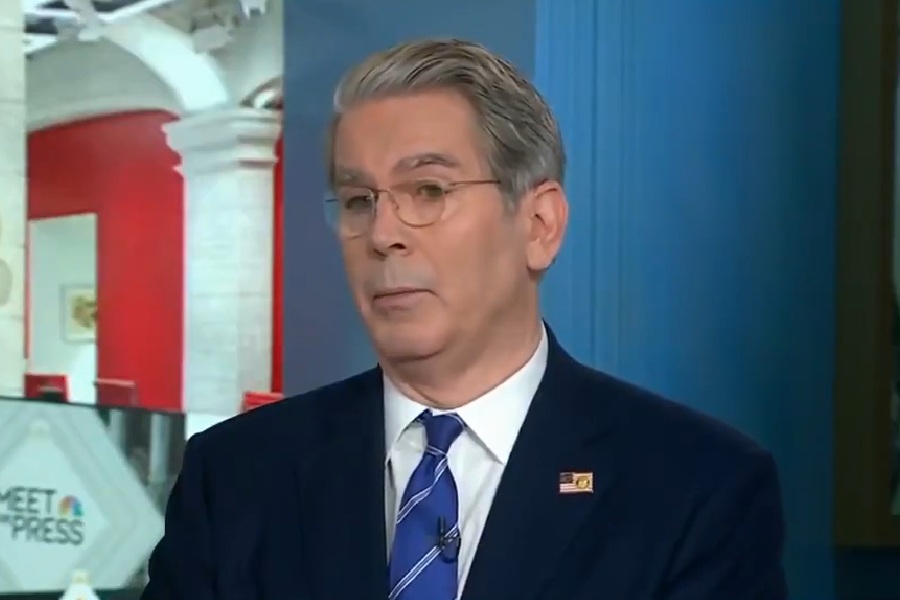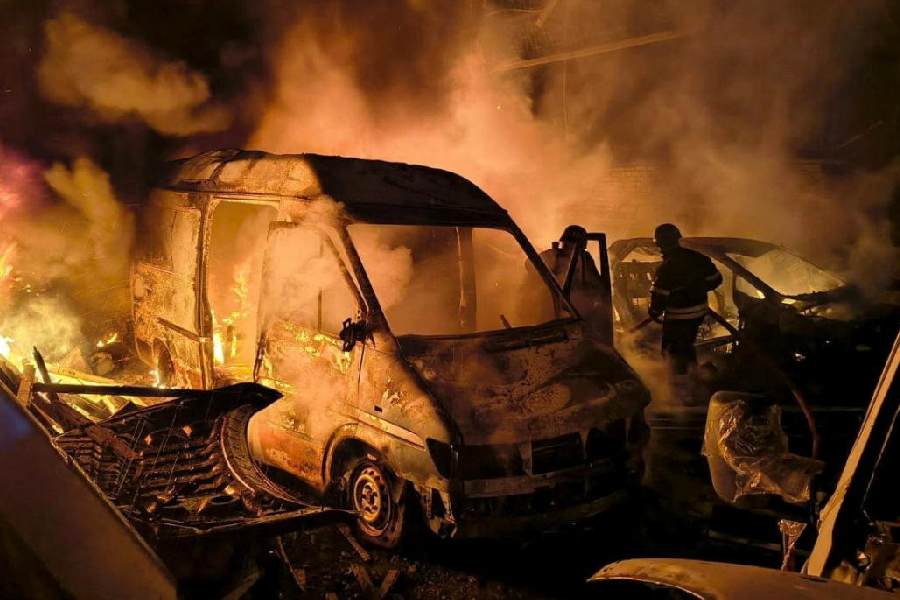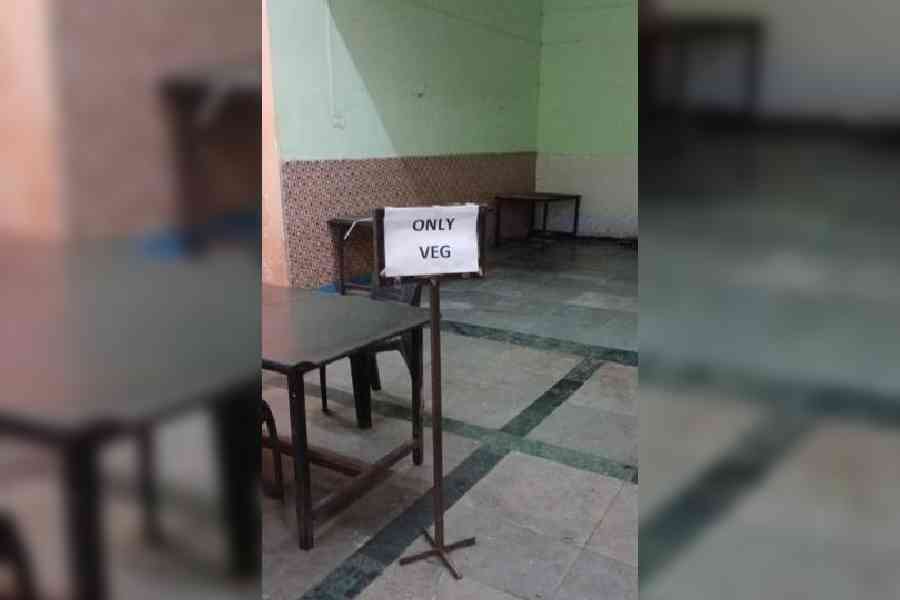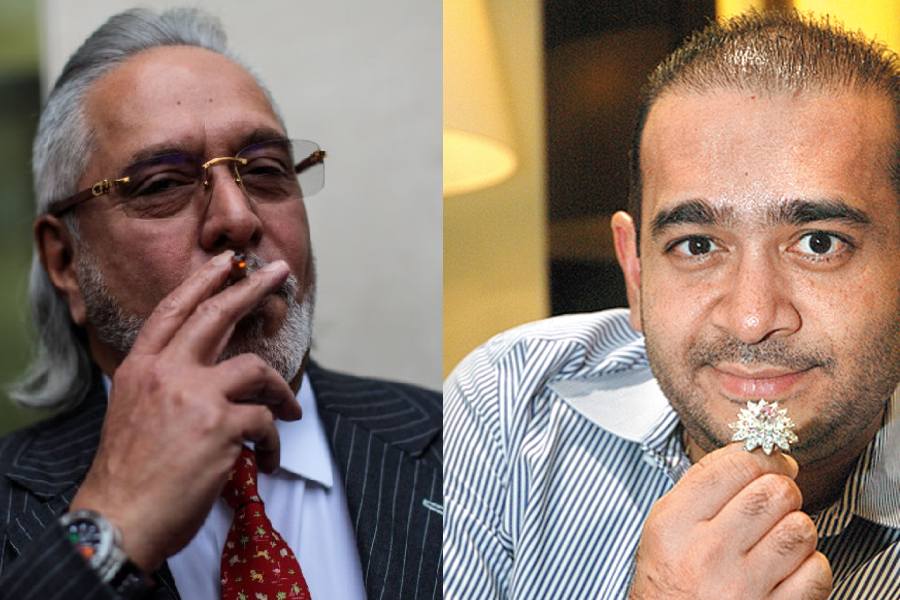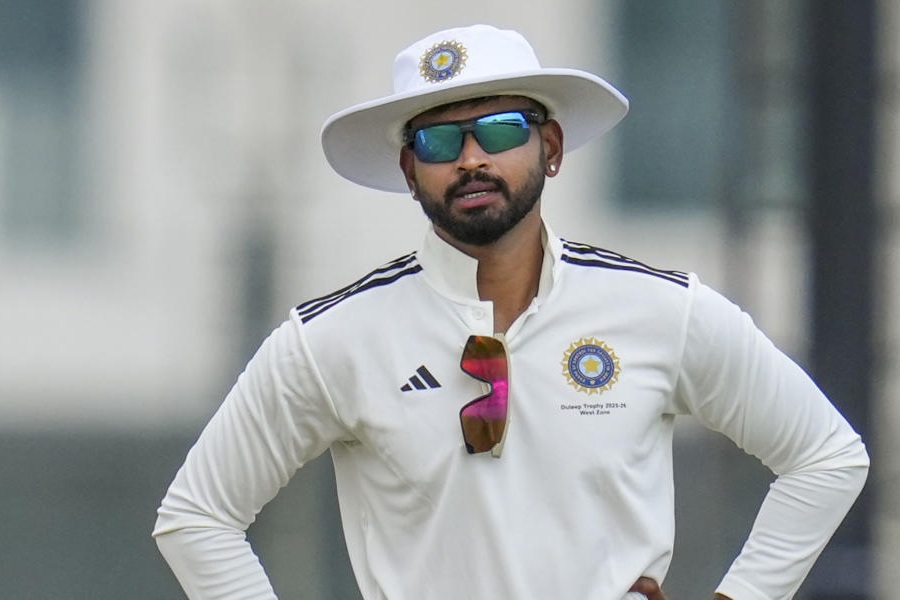 |
Visakhapatnam, April 4: The Indian Navy today announced that it has gone nuclear with the INS Chakra berthed at the “Jetty X” here after a 40-day voyage from Vladivostok in Russia.
The nuclear-powered Akula II class INS Chakra has been leased from Russia for 10 months for an estimated $1 billion. Originally known as the K-152 Nerpa, it has been re-christened Chakra after the first nuclear submarine that was also leased from 1987 to 1990. The name has been invoked from the Hindu god Vishnu’s Sudarshan Chakra, a spinning disk used as a weapon in Hindu mythology.
“I have been commanding officer of two conventional (diesel-electric) submarines. I wished I could take on extra knots (nautical miles, indicating speed and endurance), play around with targets and discharge my weapons at them,” the new INS Chakra’s first commander, Captain P Ashokan, said, explaining what the submarine adds to the navy.
The INS Chakra is an SSN (sub-surface nuclear) submarine that is powered by reactors generating 190MW, not an SSBN (sub-surface ballistic nuclear) that are submarines not only nuclear-powered but also carry nuclear weapons. The Chakra will be able to stay under water longer than conventional submarines that have to surface every two days (or even every 24 hours) to re-charge batteries. The more submarines surface the more they become detectable.
The Chakra’s medical officer, surgeon commander Gokul Krishnan, said it had sailed from Vladivostok to Visakhapatnam without surfacing in 40 days. He said the endurance of the submarine is “human” not “technological”. Such long missions in the closed confines of a submarine can be taxing on sailors.
The crew of 80 under Captain Ashokan wear a “dosi meter” on the breast pocket of their blue overalls that measures exposure to radiation. A radiation safety officer takes these readings on a specially rigged machine. The “dosi meter” is like a miniature Geiger counter.
There was indeed an accident on the Nerpa two years ago when about 20 Russian sailors and dockyard workers were killed during trials. The accident was not traced to the reactors but to faulty electrical equipment. That was far less than the damage caused by the Russian sub, the Kursk, that went down in the Barents Sea after a reactor was apparently hit from the backfire of a torpedo. The submarine went down with its entire crew of 100. The reasons for the accident were never officially disclosed.
Larger than any of the submarines that the Indian Navy currently has, the Chakra has more recreation space inside its “double hull” and more places for the crew to shower in. It even has a sauna and a gym. The “rescue sphere”, a capsule that is released from the bridge of the vessel in the event of an emergency, can accommodate the entire crew.
The INS Chakra reached Indian waters on Sunday. The vessel also had eight Russian submariners on board. It was received by four ships of the Eastern Naval Command about 100 nautical miles from the coast from where it sailed on the surface.
More than anything else, the INS Chakra emphasises that Russia is the only country from which India can source strategic platforms, a fact that the Russian ambassador underlined here today.
“There is no other country than Russia that will share with India in this way. This (pointing to the submarine behind him) is a shining example of very confidential strategic information exchange between India and Russia,” Alexander Kadakin said.
But defence minister A.K. Antony used the opportunity to highlight that there were irritants in the relationship even if Russia was India’s long-time and largest defence supplier.
“I want to tell you that the INS Vikramaditya (the aircraft carrier, Admiral Gorshkov) should be here by early next week,” he told the ambassador.
“Russia should extend requisite technical support for the INS Chakra.”
He acknowledged that “the lease of the INS Chakra is a true reflection of strategic ties between Russia and India”.


